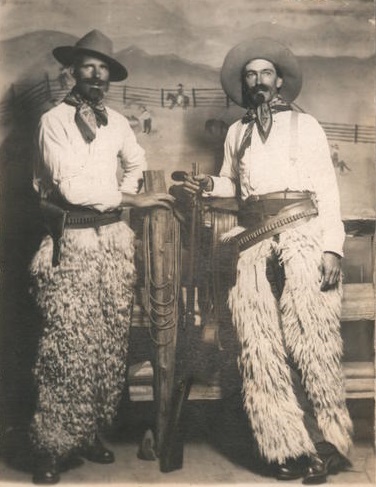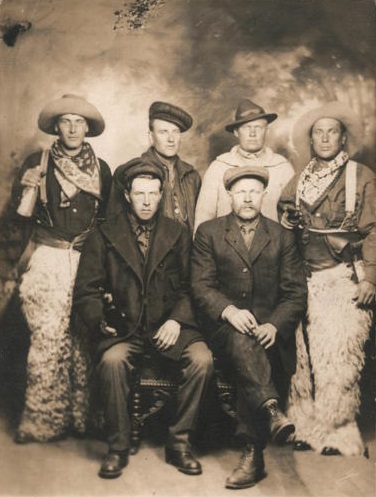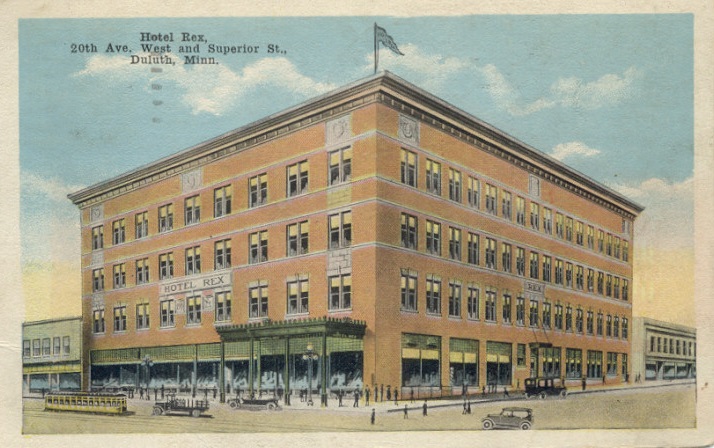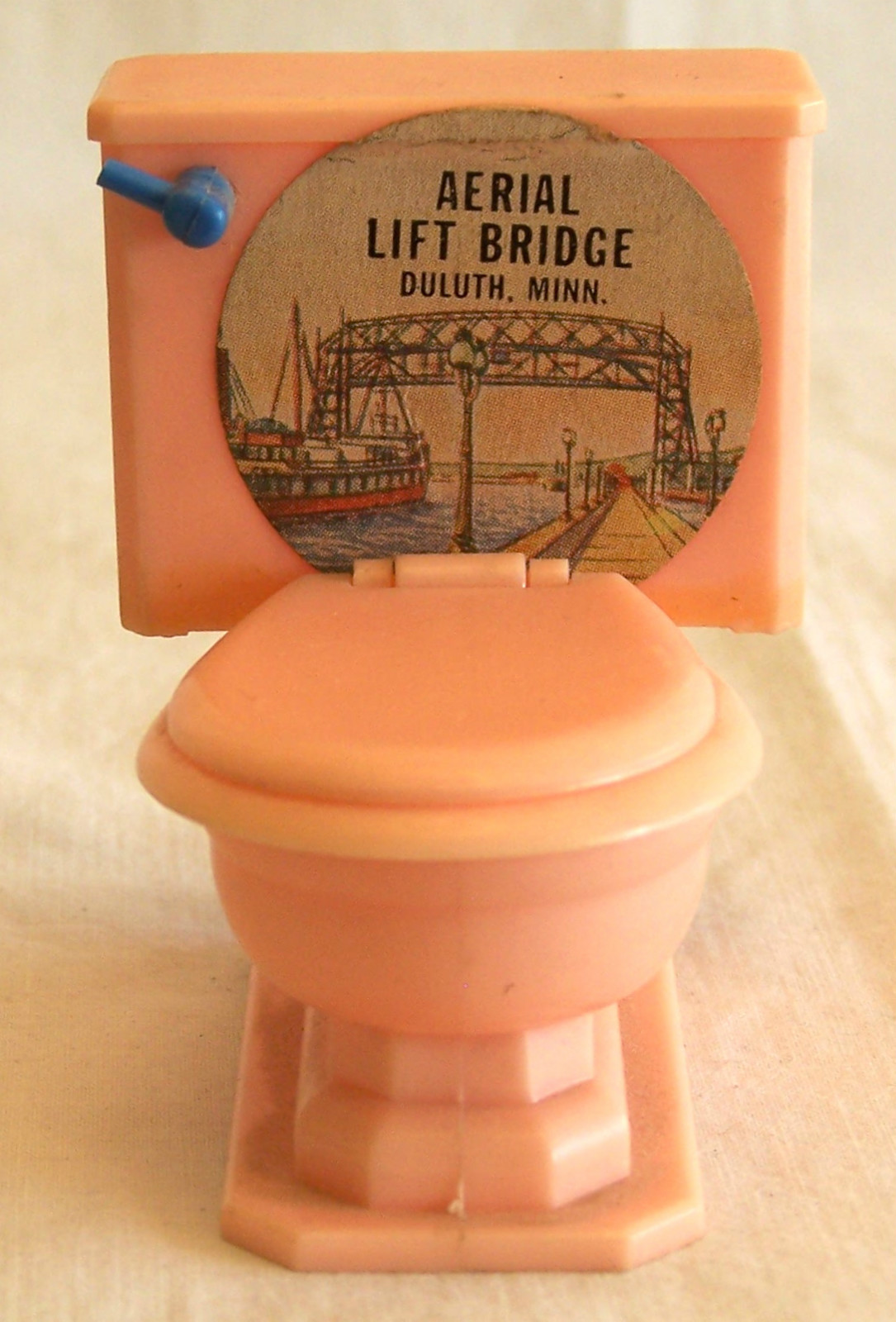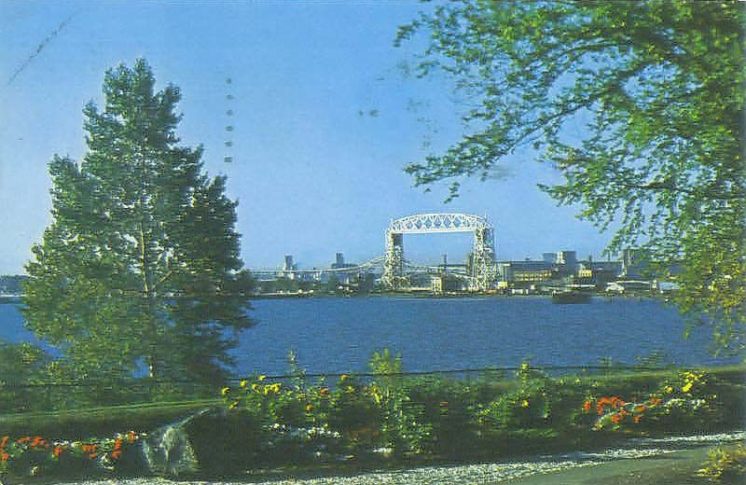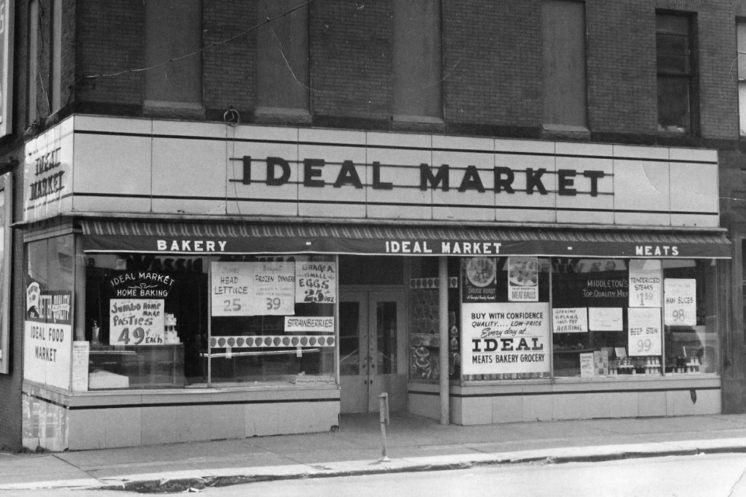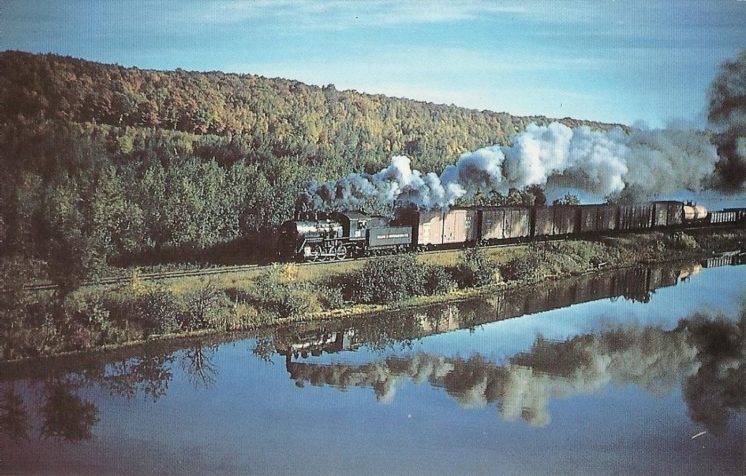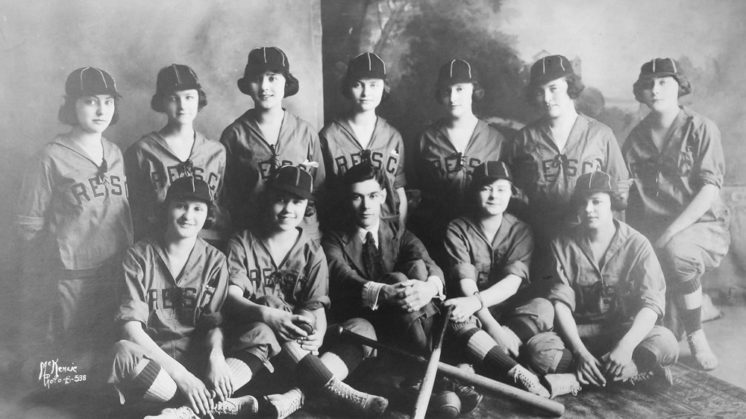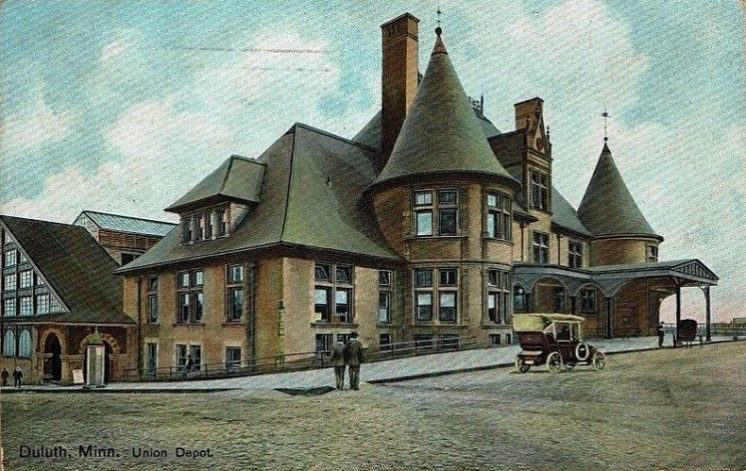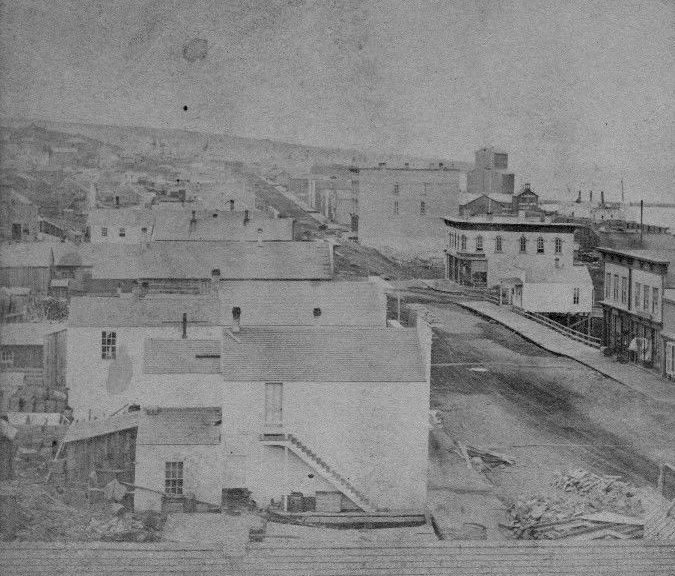Mystery Photos: Duluth Owl Studio Cowboys and Cowgirls
Yes, more mystery fake cowboys from Duluth. Previous cowboy mystery photos were presented in the post “Mystery Photos: Wide Awake and Green Dragon Studios.” Cowboy nostalgia was apparently all the rage in the early 1900s, even though the Old West wasn’t quite that old at the time, because the photos featured here are from yet a third photography enterprise in Duluth, Owl Studio.


